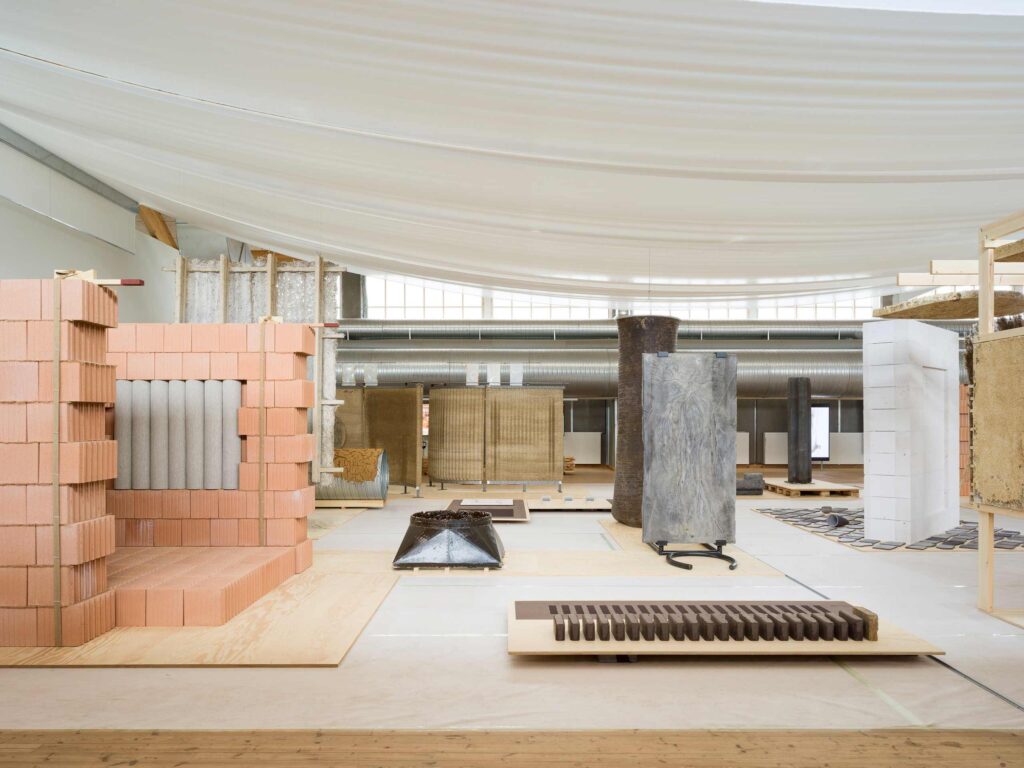Copenhagen, Denmark – Copenhagen Design Week this year drew attention to the growing role of sustainability in design, showcasing innovative furniture and architecture from across Europe. The week-long event highlighted eco-friendly solutions, demonstrating how creative design can help combat climate change while inspiring both professionals and enthusiasts.
The festival, held in various venues throughout Copenhagen, featured exhibits from leading designers and emerging talent. Visitors explored furniture crafted from recycled materials, buildings designed with energy efficiency in mind, and interactive installations that promoted circular design practices.
Organizers emphasized the importance of eco-conscious design in today’s climate crisis. They stated that designers have a responsibility not only to create visually appealing work but also to consider environmental impact. “Sustainable design is no longer optional. It’s essential for the future of our cities and communities,” said one event coordinator.
Among the standout pieces were chairs and tables made from reclaimed wood, lighting systems powered by renewable energy, and modular furniture designed for longer life cycles. Architecture displays focused on low-carbon construction methods, green rooftops, and buildings that integrate natural ventilation and solar energy. These innovations demonstrated practical solutions that could be applied beyond exhibitions into homes, offices, and public spaces.
Copenhagen Design Week also hosted workshops and panel discussions where industry leaders shared insights into sustainable design trends. Participants learned about eco-friendly materials, waste reduction strategies, and design thinking approaches that prioritize environmental and social responsibility.
The event attracted designers, architects, students, and enthusiasts from around Europe, creating opportunities for networking and collaboration. Many attendees highlighted how the showcase inspired new ideas for projects in their own countries, emphasizing the global impact of sustainable innovation in design.
Local businesses benefited as well, with eco-conscious cafes, shops, and studios reporting increased foot traffic. The city’s commitment to sustainability complemented the event’s theme, reinforcing Copenhagen’s image as a leader in green urban design.
Experts at the week-long festival noted that sustainability is increasingly influencing consumer choices. Furniture buyers and homeowners now seek pieces that are durable, recyclable, or made from renewable resources. Architects report rising demand for buildings that reduce energy consumption and environmental footprints. The event reinforced the idea that design can play a major role in shaping a greener future.
In addition to showcasing products, Copenhagen Design Week encouraged dialogue about policy and innovation. Panels addressed topics like circular economies, government incentives for sustainable construction, and integrating renewable energy in urban development. Such discussions highlight the event’s focus on practical solutions rather than just aesthetics.
The week concluded with an awards ceremony recognizing designers who made significant contributions to sustainability. Winners included creators of innovative furniture lines, architects of low-impact buildings, and collaborative projects that promoted environmental awareness. Organizers emphasized that the awards aim to inspire more designers to adopt eco-friendly practices in the future.
By highlighting sustainable furniture, architecture, and design strategies, Copenhagen Design Week has cemented its reputation as a hub for eco-conscious creativity. The event demonstrated that sustainability and innovation can coexist, offering solutions that benefit both people and the planet.
As Copenhagen Design Week wraps up, the message is clear: sustainable innovation in design is not just a trend but a vital path forward. European designers continue to explore new ways to reduce environmental impact while maintaining aesthetic excellence, signaling a future where creativity and responsibility go hand in hand.

